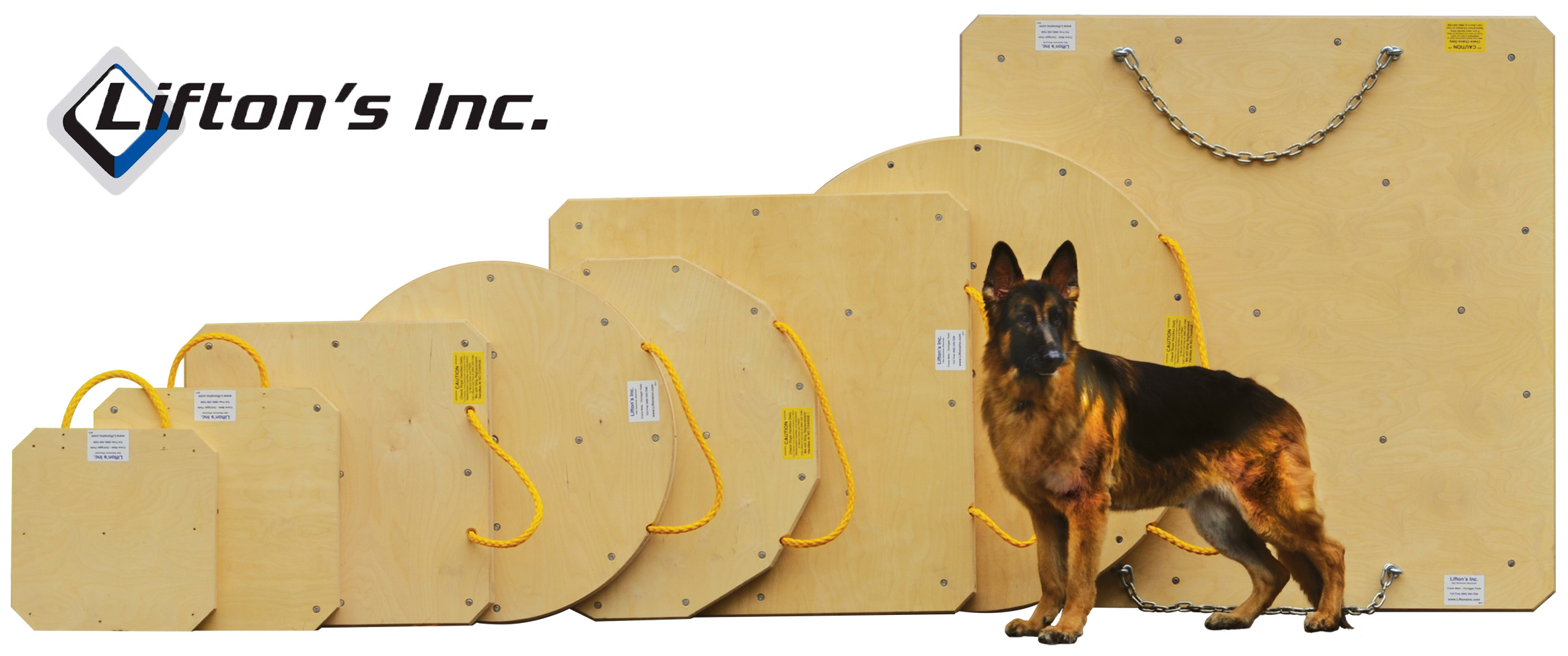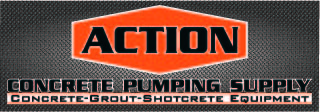| Schwing | 05-11-2015 | comment profile send pm notify | ||||||||||||||||||||||||||||||||||||||||||
|
Title: Know Your Outrigger Pressures Every operator should know his or her pump’s outrigger soil pressures with and without dunnage. For safety, always use factory supplied dunnage (or more), even when setting up on concrete. Even with proper dunnage, always be on the lookout for voids, pipes, backfilled trenches, and wash-outs. Sometimes there is no way to know if there is hidden void like a septic system or a buried box, and the only way to be safe from these dangers is to check your set- up and use proper dunnage. It is important to educate yourself on new models as well. Today’s equipment doesn’t necessarily have the same outrigger soil pressures – even if the booms are the same length. Comparing outrigger pressures is an important factor when specifying a concrete pump. Here is the Outrigger Soil Pressure for Schwing’s lineup of truck mounted boom pumps:
|
||||||||||||||||||||||||||||||||||||||||||||
| Dipstick | 05-11-2015 | reply profile send pm notify | ||||||||||||||||||||||||||||||||||||||||||
|
Does every single pump roll out of the factory with standardized dunnage nowdays? Interesting how the 52m and up has about double the outrigger pressure from the 46-47 but with dunnage the 46 and 47 have double the pressure from the big boys. Looks like there should be some bigger standard dunnage on these 46-47... |
||||||||||||||||||||||||||||||||||||||||||||
| Schwing | 05-12-2015 | reply profile send pm notify | ||||||||||||||||||||||||||||||||||||||||||
|
To Dipstick Yes every Schwing boom pump leaves with standard factory supplied dunnage. The S 20 up to the S 47 SX all come with 4 of our 606mm x 606mm laminated wood outrigger pads. (These are on special during May by the way) The S 52 SX to the S 61 SX all come with 12 of our 500mm X 800mm composite outrigger pads. You set up 2 pads length wise so you have a 1000 mm x 800 mm rectangle, and place another on top in the middle to distribute the load evenly. This is why as you see the load with dunnage go down significantly despite being on a larger boom.
|
||||||||||||||||||||||||||||||||||||||||||||
| Schwing | 05-12-2015 | reply profile send pm notify | ||||||||||||||||||||||||||||||||||||||||||
|
To Pumpnfinish Your are right, Knowing what the ground will support the other half of the equation. Check with the job super indent about the ground conditions before you unfold the boom. If the ground will support more psi than the rating with dunnage you are safe to set-up with just factory supplied dunnage (although adding more for extra safety is still a good idea). If the ground will support less psi than the rating with dunnage you have to use additional dunnage to safely set up. Here are some example of common ground pressures. Virgin ground 22 PSI Asphalt 29 PSI Compressed, Crushed stone 36 PSI Clay/silt soil, firm 43 PSI Mixed granular soil 51 PSI Compacted gravel 58 PSI Brittle, weathered rock 145 PSI |
||||||||||||||||||||||||||||||||||||||||||||
| Dipstick | 05-12-2015 | reply profile send pm notify | ||||||||||||||||||||||||||||||||||||||||||
|
Thats great with the standardized dunnage! Thats how it should be. And good info about the soil conditions. A lot of people don't know that asphalt is such a bad soil. They think its like standing on a concrete slab. Its actualy one of the worst soils you can get. Its soft like chewing gum and you never know whats under it..
|
||||||||||||||||||||||||||||||||||||||||||||
| Beast | 05-14-2015 | reply profile send pm notify | ||||||||||||||||||||||||||||||||||||||||||
|
I have studied dunnage and the proper deployment of such and everything I have learned is that if you are pouring off the front dunagge should be placed ||| same direction as pump is facing if you are pouring off the side =it should be ran pointing towards the pour , I watched dunnage separate and sink and the ground just boil out from under it when the weight of the boom and concrete was put on it , but stand up fine with a empty boom , it is one of our most important tasks when setting up is to be absolutely sure the ground will support our equipment and that sometimes is almost impossible to do. |
||||||||||||||||||||||||||||||||||||||||||||
| gboom | 05-16-2015 | reply profile send pm notify | ||||||||||||||||||||||||||||||||||||||||||
|
And as a reminder, these numbers change, if you are stretched out over one outrigger, the majority of the weight will be on this particular o/r, at the same time, the pressure on the opposite side o/r will be recuded to almost nothing |
||||||||||||||||||||||||||||||||||||||||||||








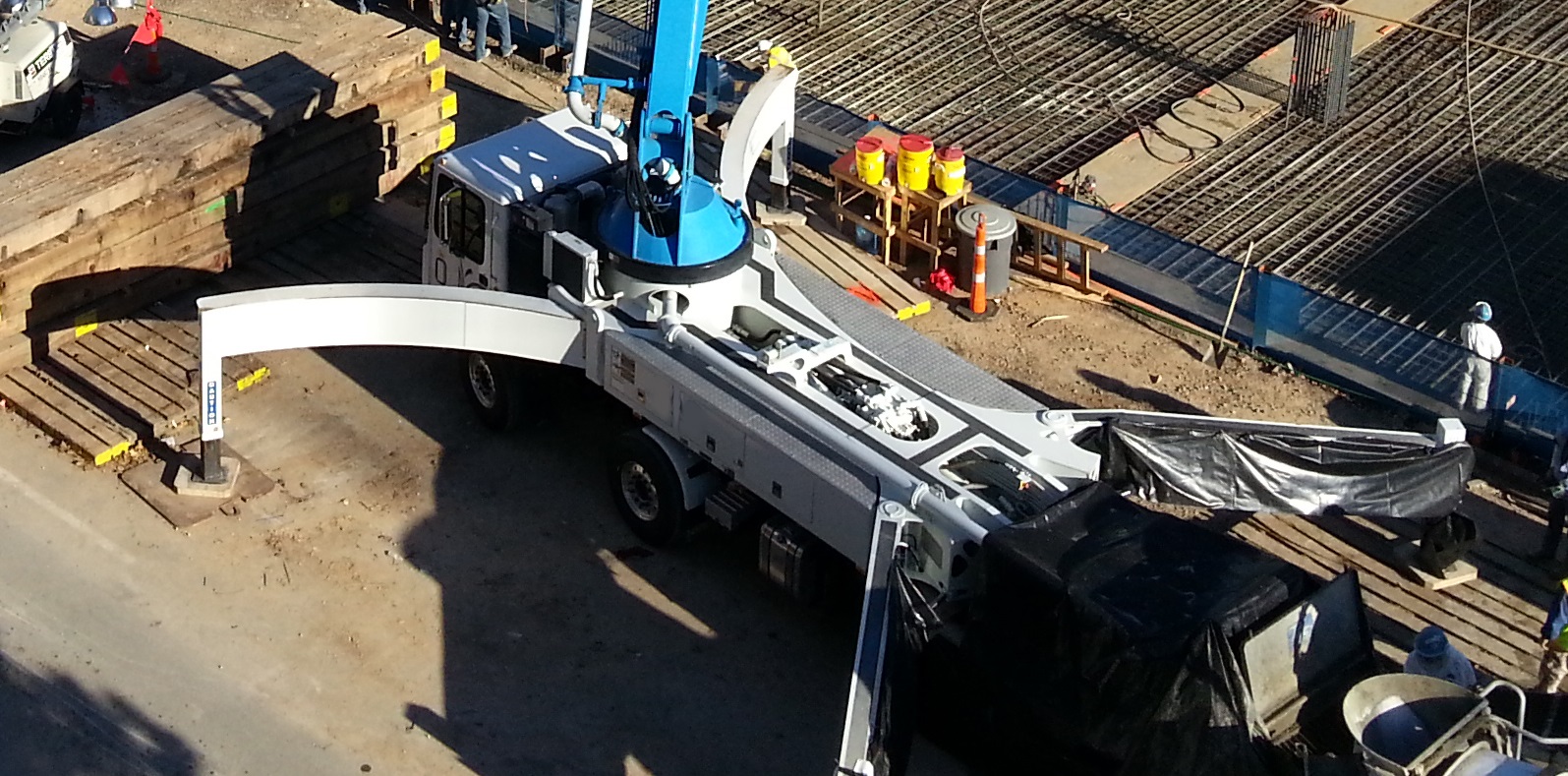
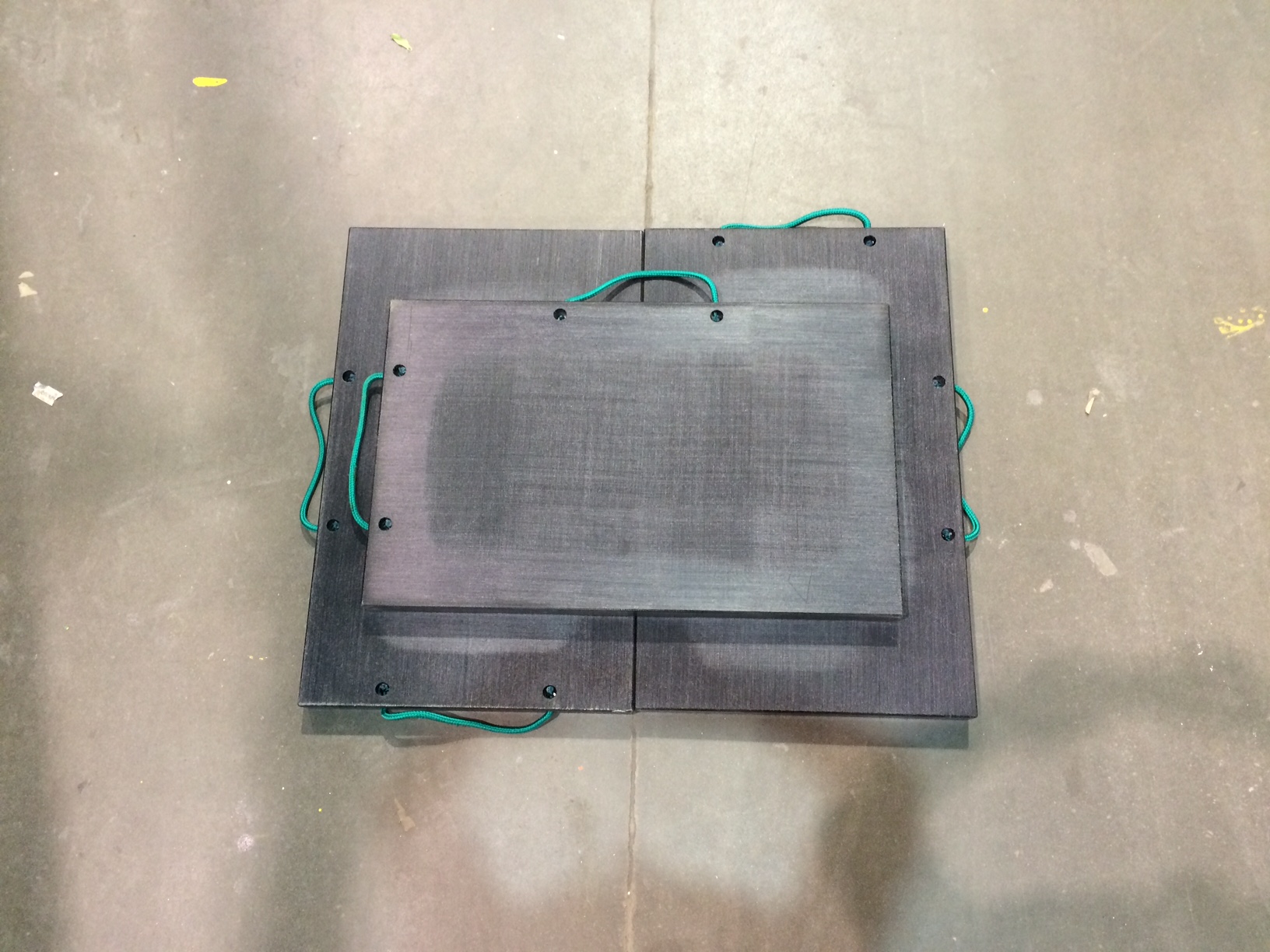
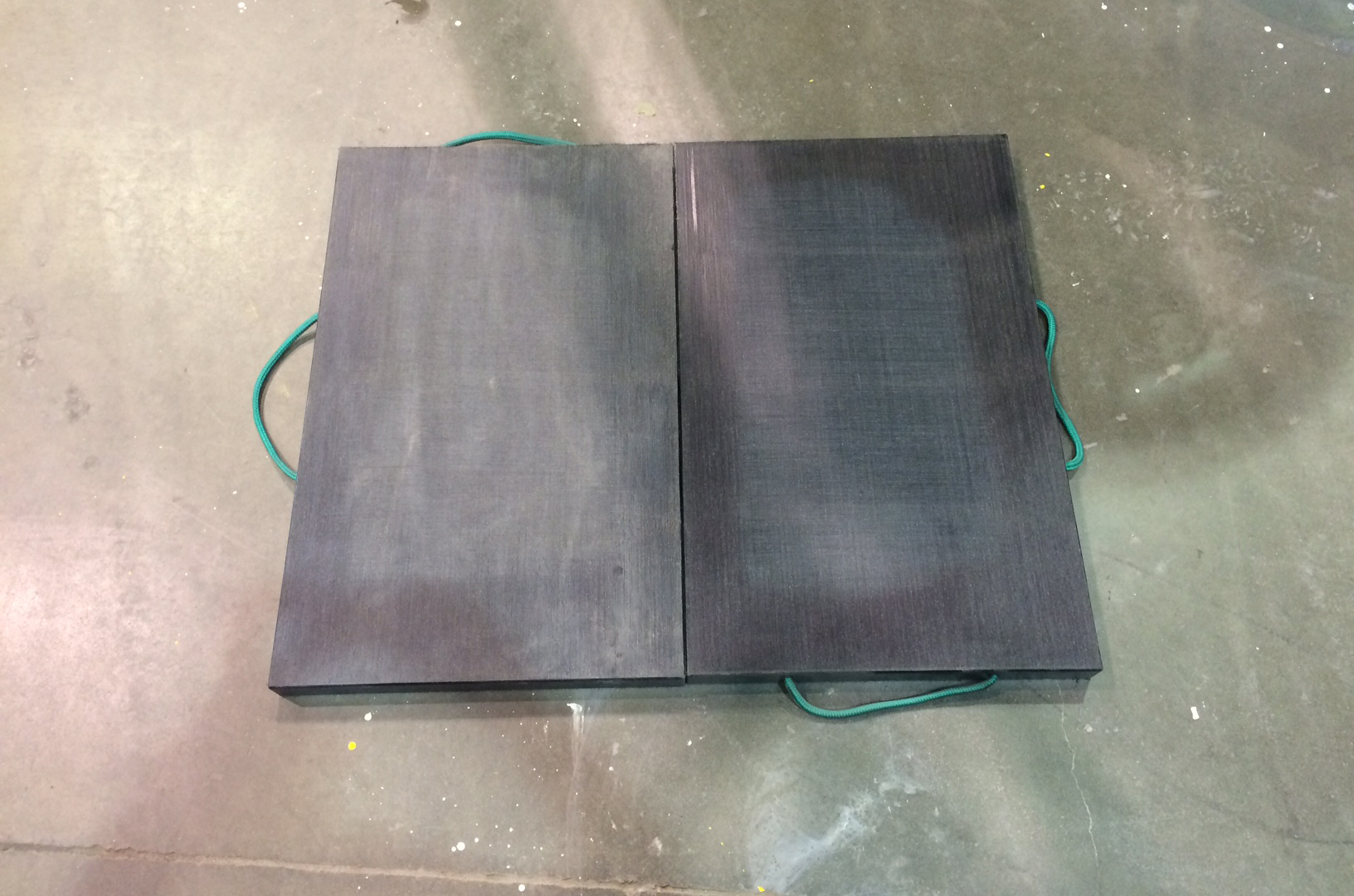
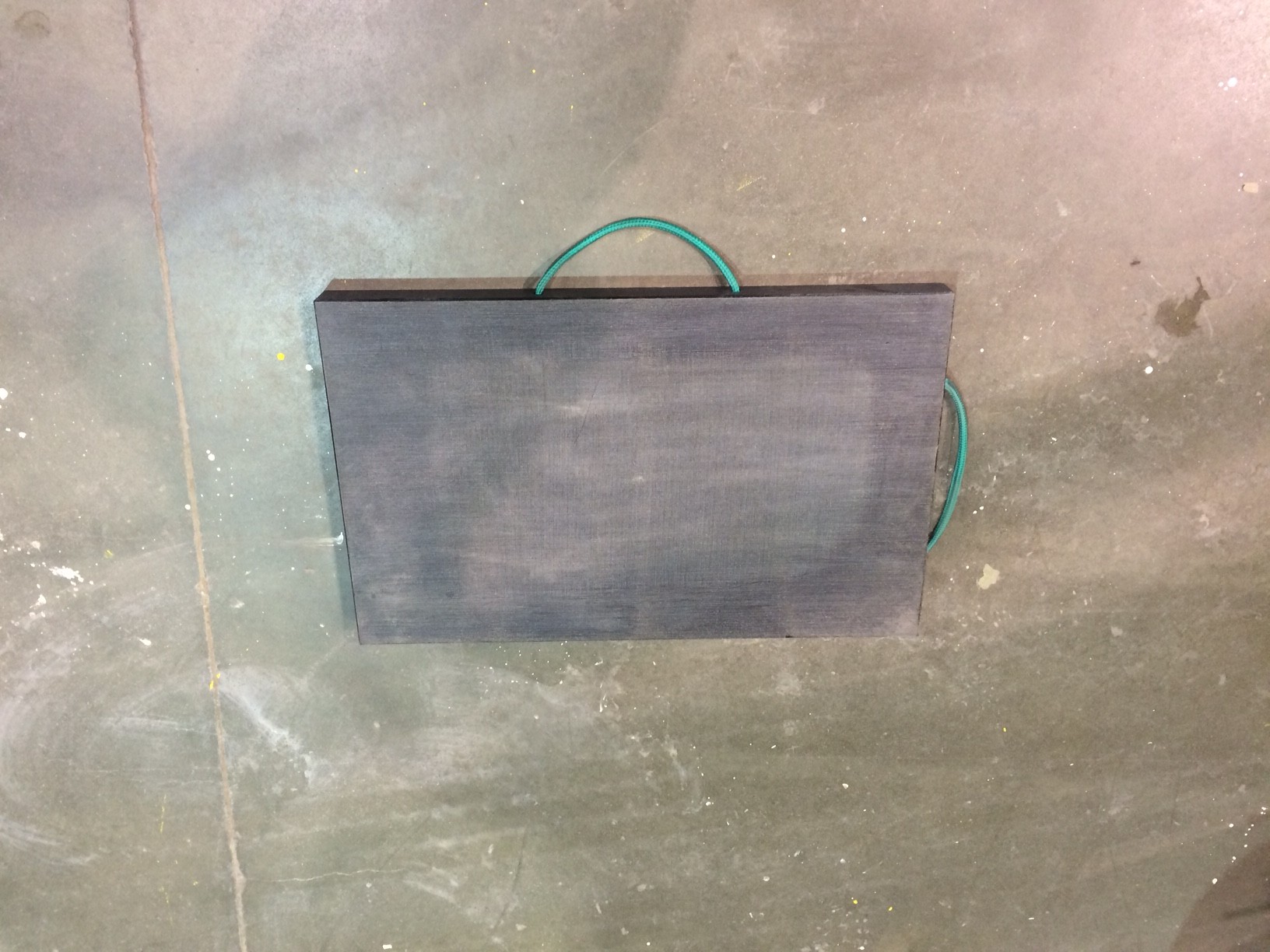



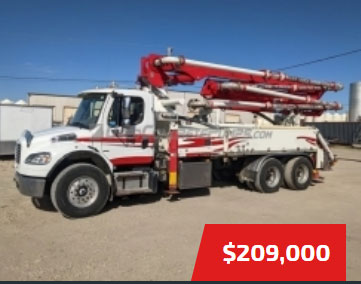








.jpg)
.gif)

.jpg)









.jpg)
